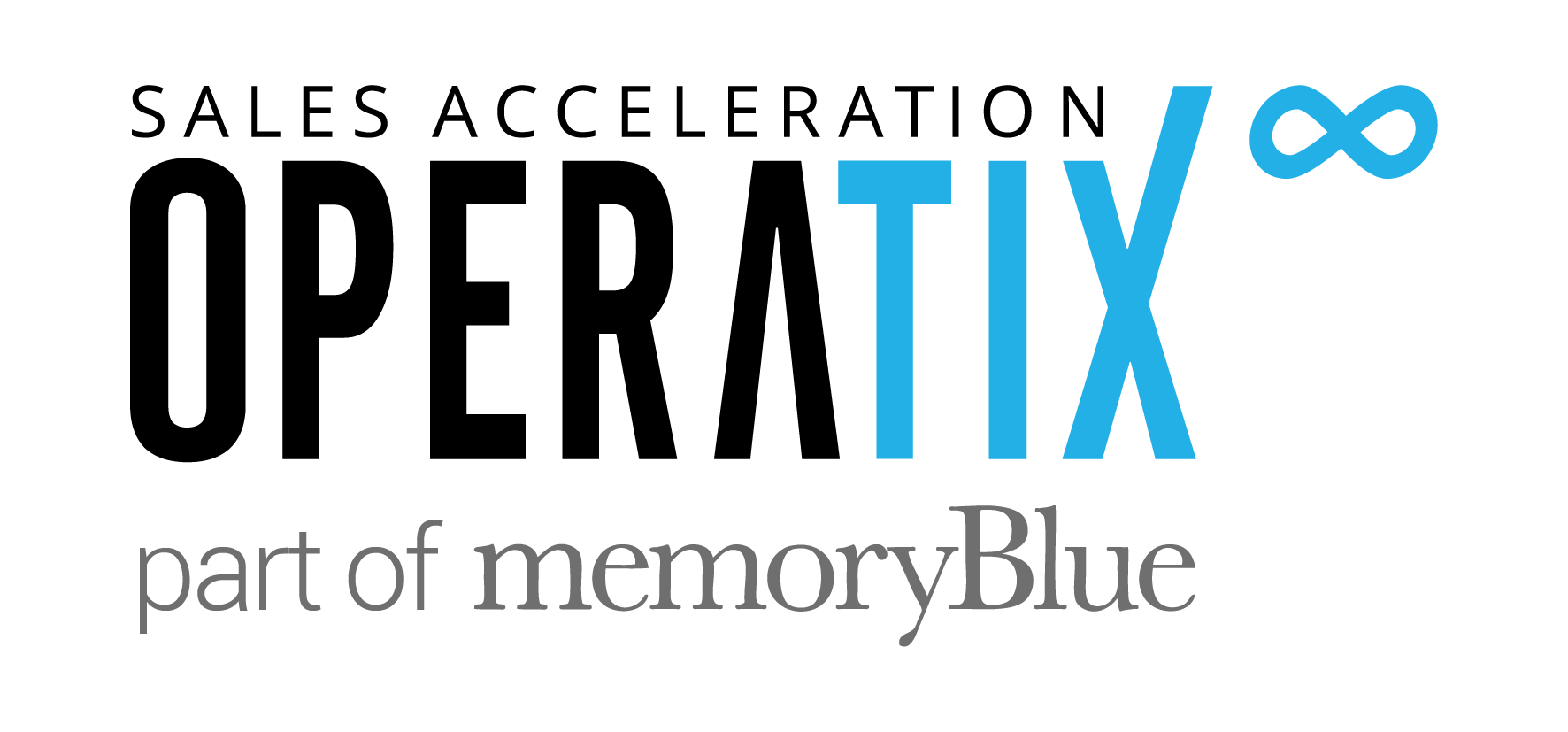Everyone’s talking about ABM and how to drive alignment between marketing and sales. Usually, the conversation starts and ends in marketing. Well, this blog is about ABM. And we invited a marketer (Sudhir Bhatti) to discuss the topic.
This blog is about ABM and how it affects marketing and sales.
Sudhir came on our B2B Revenue Acceleration Podcast to discuss ABM, and specifically, we talked about 1:1 ABM programs.
Sudhir is the Head of Marketing at CyberCube, which is a niche cyber analytics company. Specifically, they focus only on the top 100 insurance companies across North America.
Here’s what Sudhir had to say about 1:1 ABM programs (and how it affects the sales team).
Specific messaging for each account


During outreach, develop trust.
Sudhir Bhatti
When you’re focusing on a 1:1 campaign, you must realize that every message must add value.
Sudhir ensures his marketing team has very current, constantly refined messaging for each of the buyer personas within their 1:1 accounts.
This niche messaging helps the sales team be highly targeted when they’re having discussions with each of the decision-makers within the accounts.
To ensure the success of the sales team, Sudhir also measures the effectiveness of the targeted content by tracking these elements:
- What is the engagement rate?
- Is this content helping us shrink our sales cycle?
- Is this content helping our salesforce have more conversations?
Marketing: ‘Hey Sales — This account wants to talk’
Monitoring content engagement from the top accounts is crucial within an 1:1 ABM program. Information should flow from marketing to sales to determine when to go after an account.
For example, if marketing notices that within a specific account, content consumption has gone up 40% over the last 3 weeks, it’s time for sales to move in. Marketing should take that information, and bring it to sales with: “This account is ready to talk.”
Context, Feedback, & Refinement


Marketing must enable the sales team to understand the historical engagement.
Sudhir Bhatti
The strategy Sudhir described is pretty clear:
1: Historical context: Marketing has to provide sales teams with historical context. Example: Sales needs to know which decision-makers at which accounts have recently engaged with content. Sales must know if there is a continued uptick in engagement, a decrease in engagement, whether or not multiple decision-makers have been involved, etc. This background allows sales to know which accounts to target with proactive outreach.
2: Feedback: Just to make sure information keeps flowing from marketing to sales, Sudhir has twice a month “sync-ups,” between the sales and marketing teams. Sales gives marketing feedback so marketing can continually refine their go-to-market & ABM strategies, and marketing gives any updated analytics to sales to help them refine their outreach.
The 2-way feedback is key.
When sales gives feedback on how their outreach is going with a 1:1 ABM prospect, they can tell marketing what they are hearing from the prospects directly — about content, messaging, or even pain points prospects are experiencing. Then marketing can take this information and refine their content & messaging, which will then help re-engage those target accounts, making the sales team’s job easier.
It’s a beautiful cycle.
3: Refinement: Especially when dealing with high-value, 1:1 ABM accounts, every marketing team should be reviewing their core messaging and positioning every 3 to 6 months. Sales — this is where your feedback becomes vital.
Bonus: The top advice for anyone running a 1:1 ABM program
We asked Sudhir for his number 1 piece of advice for anyone (sales or marketing) who is currently running or is looking to start a 1:1 ABM program. Here’s what he said:
Be ultra clear on the fundamentals.
- What are the goals of your organization?
- Who’s your target market?
- What are the buyer personas inside that market?
When you have the fundamentals down, you can then invest in the right tools, determine the best ABM strategy, and identify prospects and organizations.
And don’t forget constant collaboration between sales and marketing.
More like this? Check this article out on The ABM Competency Model by Joel Harrison
This post is based on an interview with Sudhir Bhatti from CyberCube.
To hear this episode, and many more like it, you can subscribe to The B2B Revenue Acceleration Podcast.
If you don’t use iTunes, you can listen to every episode here.





